A breaker box is the main distributor of electricity in your home. Usually, the main switch for the electric supply can be found in it. You might be wondering if you can use an outdoor breaker box inside. Well, you are in luck! In this article, we have researched and asked the experts that exact question, and this is what we found out.
Yes, you can use an outdoor breaker inside your house. If the breaker was designed to be used outside, where it will have to withstand the elements, it most certainly could work functionally inside. We do recommend using an outdoor for outdoor purposes and indoor the same. Should you need to, just ensure that safety measures are observed.
But before deciding to do so, check first with your local fire regulations if you can actually install your breaker box inside. Lastly, this is not a DIY job, so consult with a licensed professional electrician to do an assessment if the job is even possible in the first place.
Are you interested to learn more about the topic? Continue reading as we will be discussing more related questions, such as what is the difference between an inside and outside breaker, the code for electrical panels, the green boxes outside houses, and many more. We will also be suggesting some very informative and useful articles at the end of this post. So what are you waiting for? Let's dive into the topic!
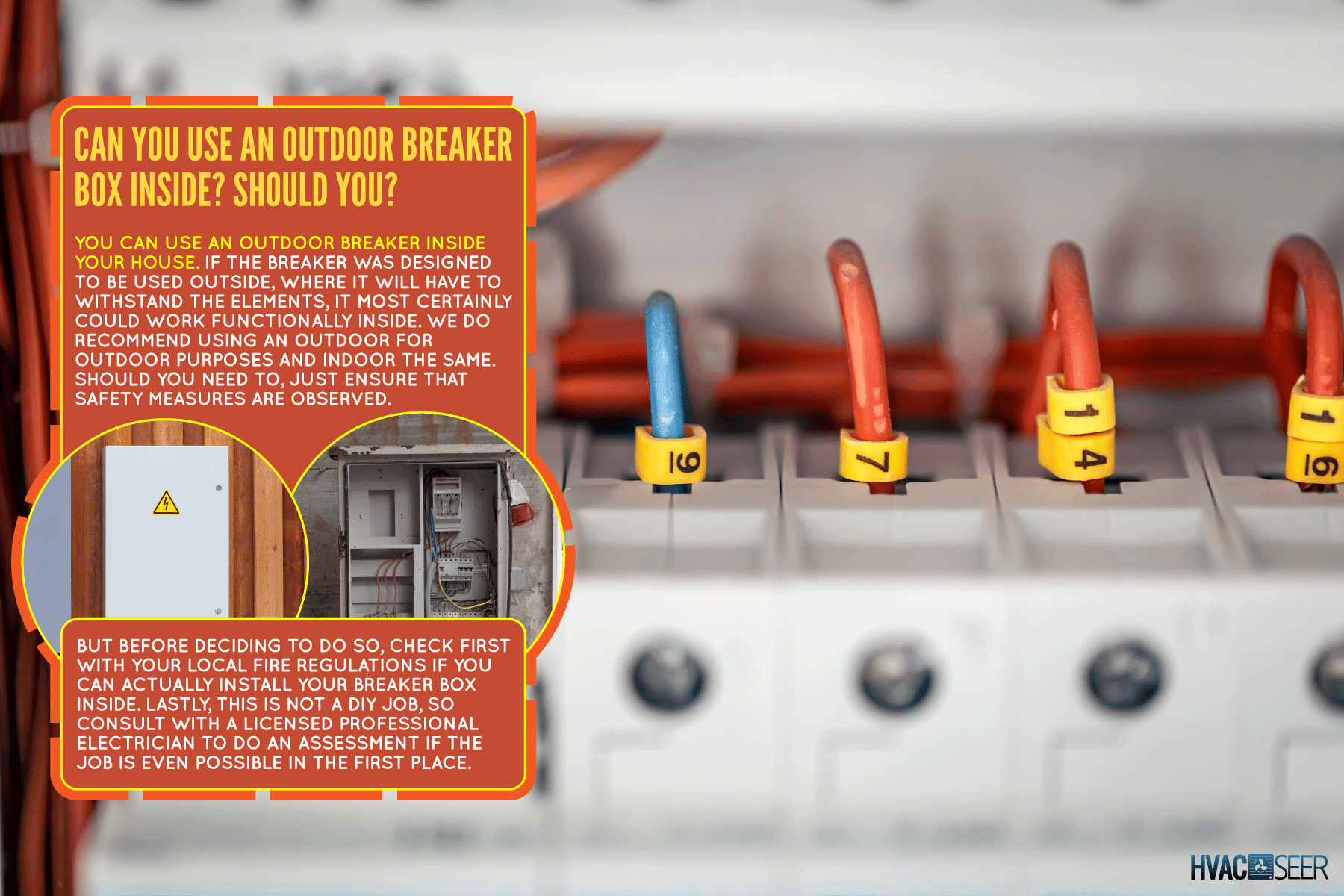
Can you use an outdoor breaker box inside?
Using an outdoor grade breaker is safe to use indoors for as long as they are properly installed. The number one concern that homeowners should have is safety. As we all know, a troublesome electric circuit can cause house fires.
Yearly, roughly 30,000 house fires are caused by an electric malfunction across the country. If you were to put an outdoor breaker indoors, just make sure that you will not be putting it in a place where the chances of fire or it going short-circuit are more likely. Places like your bathroom and kitchen should not be where your breaker is located.
But before moving it in, find out first why breaker boxes are usually located outside. Check with your local safety codes, as some places may require that your breaker boxes be located outside for safety reasons. In the eventuality of fire, firemen can easily turn off your electricity if the breaker is located outside.
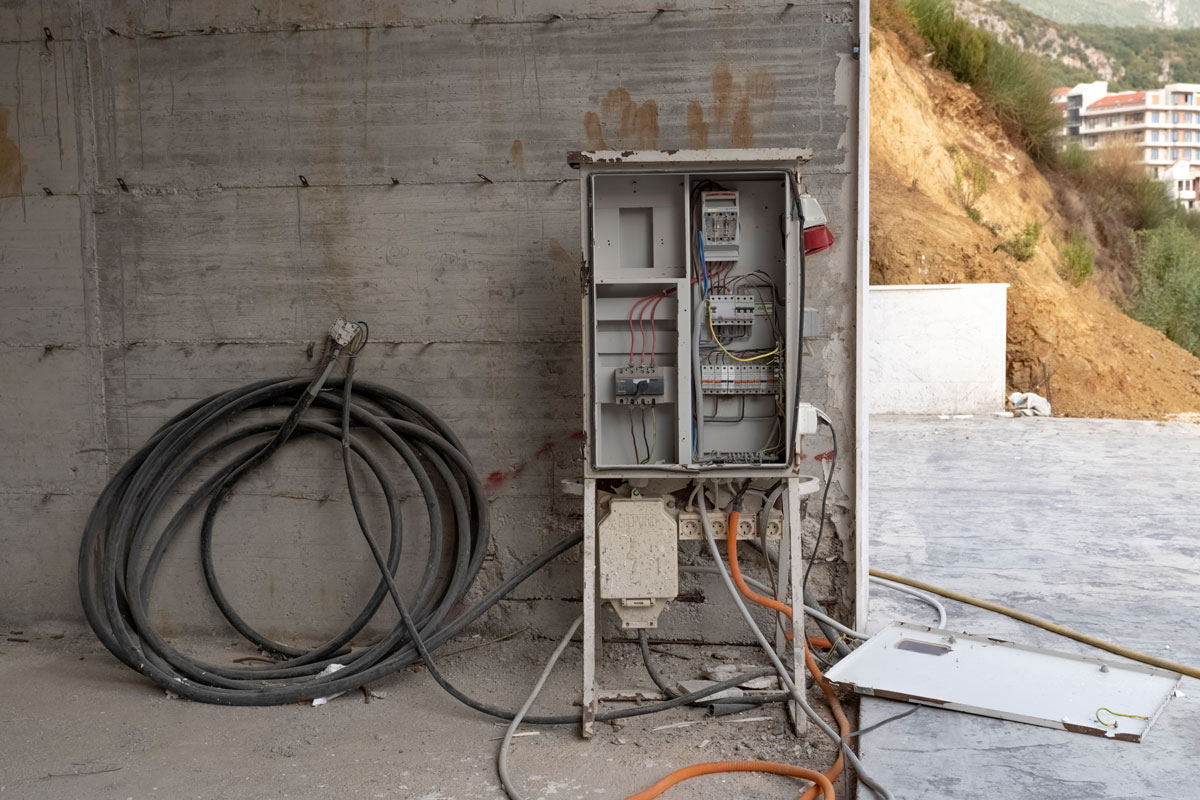
It is also best to consult and have the job done by a licensed electrician, preferably from your local electric providers. This way, you are sure that all the safety standards are met and that the job will be done seamlessly. Furthermore, this will also ensure that no power shortage or possible short circuits will occur that may damage your electronics.
You may also want to confirm if you will need a permit to move your breaker box. In most instances, you will. A professional will also assess the reasons why you may want it to be transferred. They may also give you additional suggestions and other options that you may opt to use.
Can you use an indoor breaker box outside?
Again, the same principles would apply, although caution should be extra with indoor breakers. As the name suggests, they are for indoors, and the main problem is how well they will be sealed from the outside elements. Are the housing and designs plausible for it to be used?
Compared to outdoor breaker boxes, though, they are not as strong and durable. Outdoor ones are used to wearing and tearing and can be installed even without a roof, as they can keep the elements out. If you will be using an indoor for an outdoor purpose, you might have to consider housing it or putting it someplace where it will be away from direct sunlight and rain.
Since the materials used outdoors are stronger, you can expect a slightly higher price for it than an indoor one. We do recommend that for indoors, use a dedicated indoor breaker box, and for outdoors, use an outdoor breaker box.
That is why consulting with the proper professionals will get you the right answer, as the breaker box that you have might not be compatible with outdoor use. You can have a breaker, both inside and outside, which we will discuss below.
What is the difference between indoor and outdoor breaker box?
As we have already mentioned, an indoor circuit box is best suited indoors, where it is protected from the weather. In contrast, an outdoor one is designed to last the constant weathering of the outside elements.
Indoor ones typically operate at a medium voltage with a metal-clad switchgear enclosure. At the same time, outdoor breakers have the capacity for high voltage and are made of sturdier and rust-free housing.
Some houses and buildings have two breaker boxes, indoor and outdoor. We have already discussed why an outdoor breaker is necessary. Of course, if you have an outdoor breaker box, it would only be logical to have an indoor one where you can easily access it without going outside.
Outdoor and indoor breakers are also usually located near together, sometimes just on the same wall. The only difference is that the other is inside and the other outside. The purpose of this is for easier installation, as having the two far apart together would be extra work to set up.
What is the code for electrical panels?
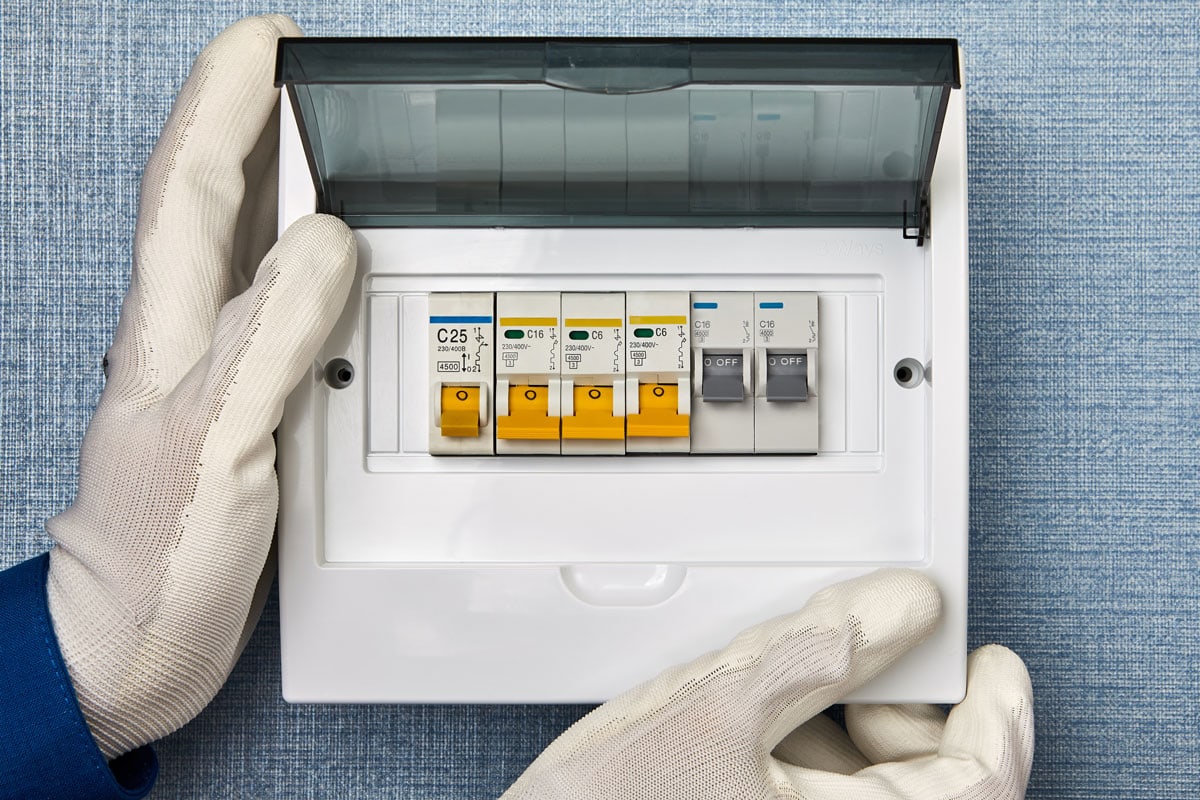
According to NEC (National Electric Code), the code should be applied in all 50 states. A maximum of six feet five inches of height with no less than four feet should be the ground clearance of an electrical panel. It must have a clearance of 36-inches in the front and 30-inches to the side.
Below are some other requirements set by the code.
- Electric panels should be easy to access
- The panels should be easy to reach
- Residents of the property must have easy access to the panels
- The boxes must not be exposed to physical damages
- The panels should most definitely be free of flammable materials nearby
The following are the areas where a panel must not be located.
- Anywhere it is hard to access
- Pantries
- Greenhouses
- Bathrooms
- Behind large appliances or equipment
- Closets
- Small storage rooms
- Cubbies or under stair areas with less than 6-foot 5-inches of clearance
What are the green boxes outside houses?
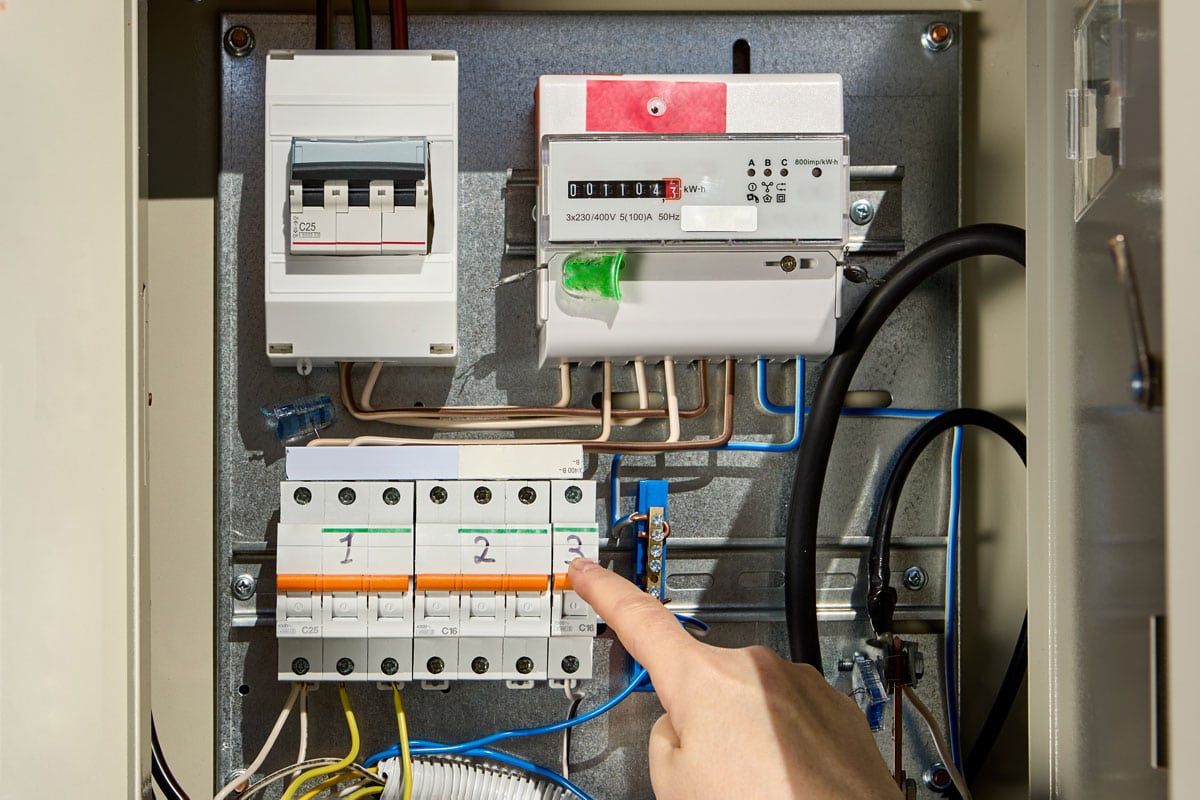
These green boxes are the ones that connect electricity from your home to the power grid. They are similarly working like power poles. They can be found primarily in parks where there is usually underground power.
Why are transformers painted green?
They are printed green mainly for easy recognition by utility workers that need to do some repairs or routine maintenance on them. They are coated with electrical commercial painting, usually in Munsell green.
Can you sit on electrical box?

Sitting on electrical boxes should never be considered, as these high-power voltage units could easily harm or kill you. Although they are properly secured and will not immediately electrocute you upon touch, caution should be observed when seeing one. If children are around, advise them not to go near these green boxes as they can get hurt.
Also, avoid putting any landscape around these boxes as this can hinder their visibility from the co-op crew. Remember that these boxes supply the electricity from the grids to your homes. Any interruption or delay to maintenance may cause power shortages or blackouts.
In review
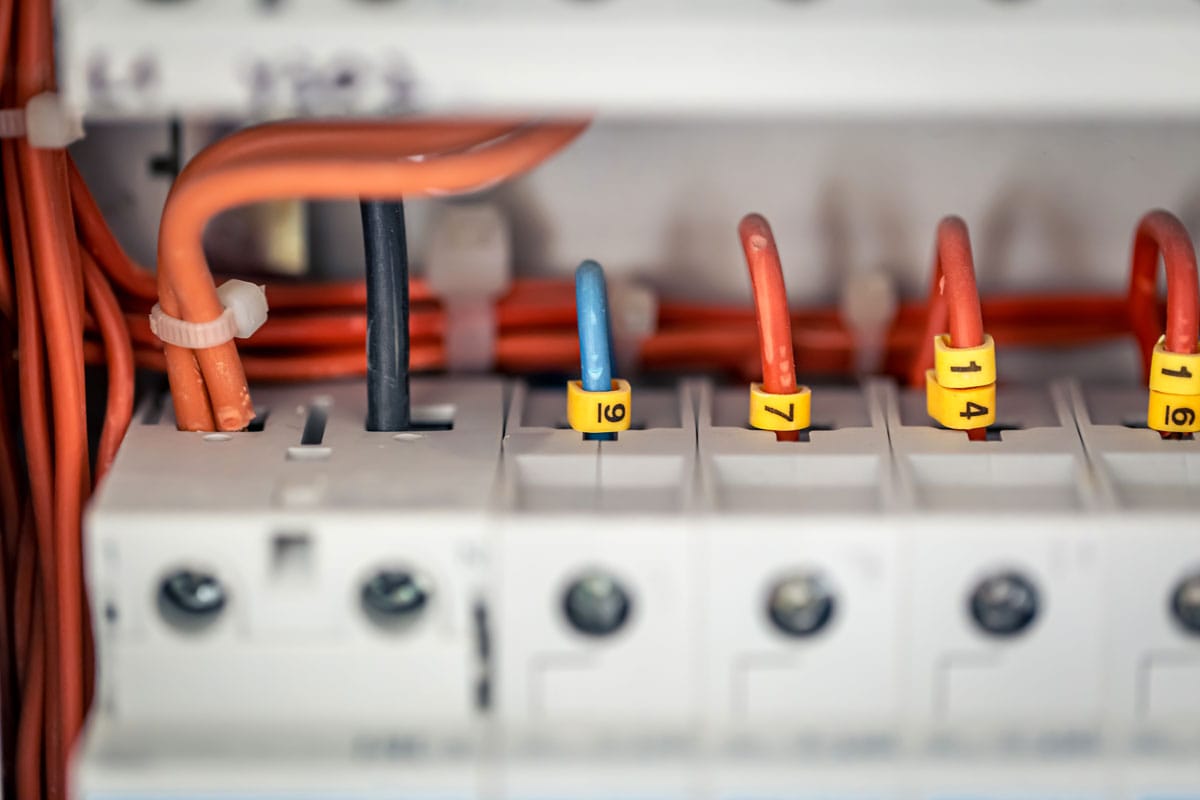
You can have your outdoor breaker box outdoors indoors and vice versa for as long as all the safety requirements are met when installing them. This is usually not a DIY project, not unless you have prior knowledge of working with electrical wiring. Still, you might need a local coop permit to do such an undertaking.
Furthermore, getting a licensed electrician, preferably certified by your local electric provider, would be best to assess and do the job for you. Here you can ensure that all safety procedures are done properly to ensure the safety and well-being of your household and your entire neighborhood.
Below are some of the previous articles that we think could be helpful in your HVAC inquiries. Go on and have a look.
Mr. Cool Breaker Size – What Do You Need? [12K, 18K, 24K, 27K, And 36K Btu]
